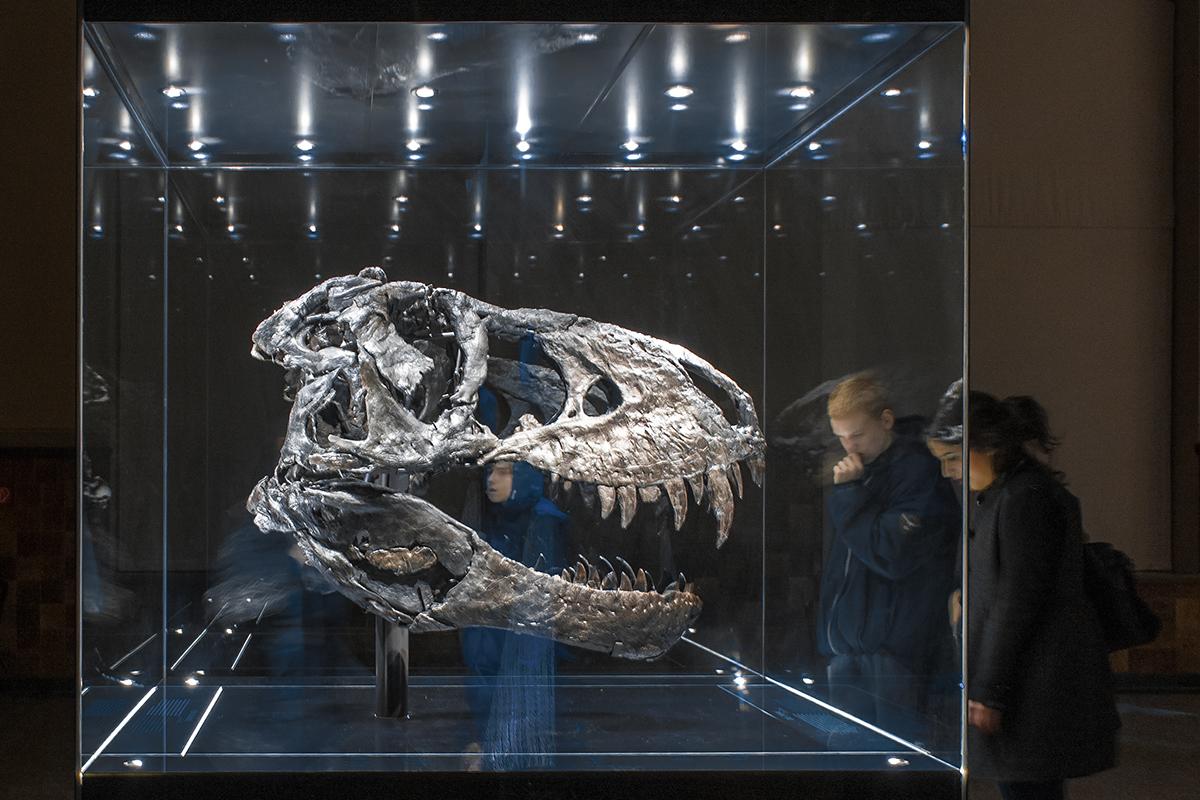Understanding science with Tristan
Tristan, the Tyrannosaurus rex, stands in the middle of the hall while videos play on digital information boards around the room in which scientists explain how they are investigating research questions about Tristan's bones. A group of Highschool students listens attentively while being observed by educational researchers.
"The Museum für Naturkunde Berlin wants to promote scientific literacy," says Alexandra Moormann. The educational researcher and her team investigated how the students perceived the content of the special exhibition on Tristan in two Highschool classes, seventh and ninth grade.
A stated goal of the exhibition was to present science in a transparent way and to show how scientists work on research questions of anatomy, functional morphology, paleopathology, paleoecology, and taphonomy.
"We wanted to know whether the young people develop a deeper understanding of science through the exhibition and which students’ epistemological beliefs could be identified," says Dr. Moormann. Together with her collaborator Prof. Dr. Kerstin Kremer from the Leibniz-Universität Hannover (formerly IPN, Leibniz-Institut für die Pädagogik der Naturwissenschaften und Mathematik), she used a survey to check the students' epistemological beliefs after visiting the exhibition.
The evaluation showed that the participants were somewhere between „naive " and " relativistic ".
For the project, the Museum für Naturkunde collaborated with a Gymnasium in Berlin. In a following study, the scientists involved in the exhibition development as well as the exhibition curators were asked about their science communications goals and objectives in the special exhibition.
Duration:
2017 - 2019
